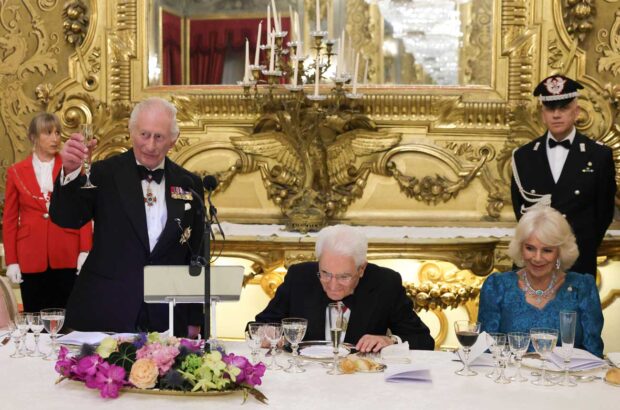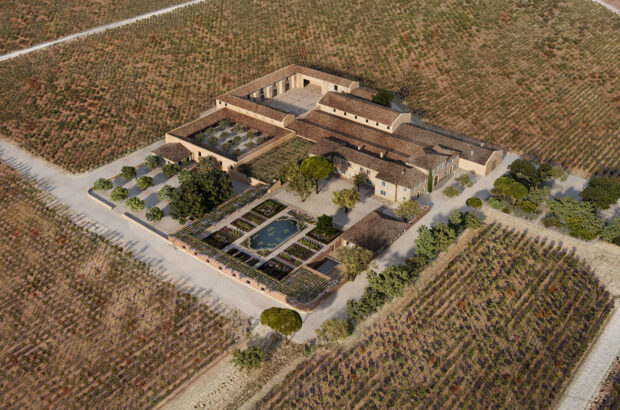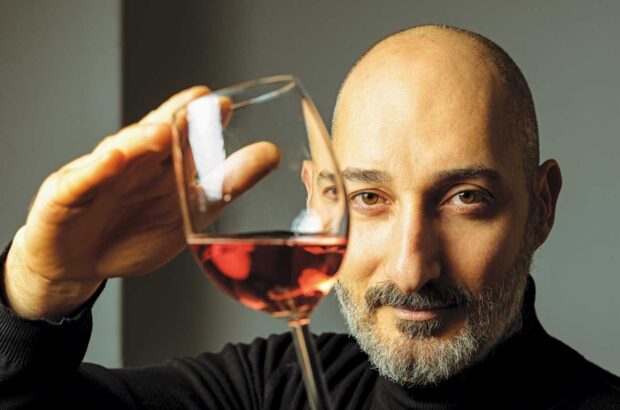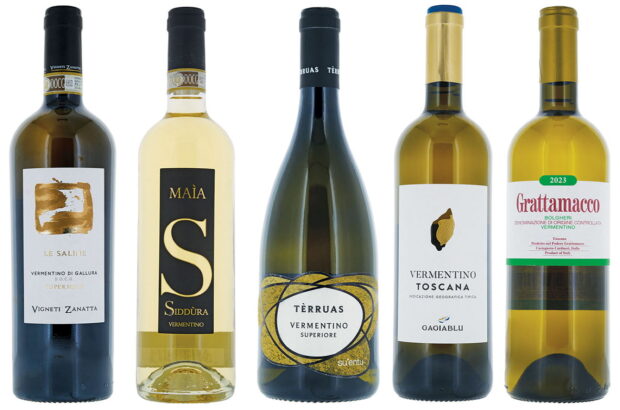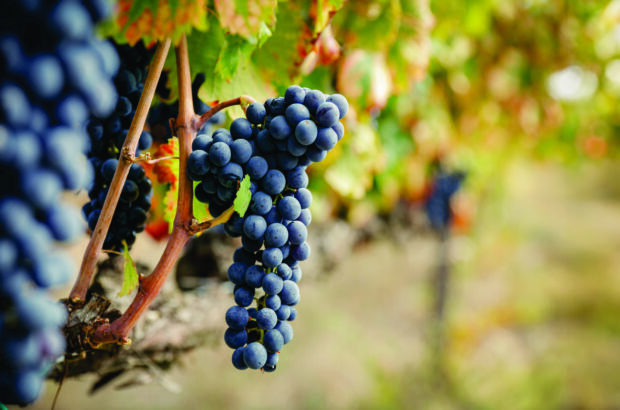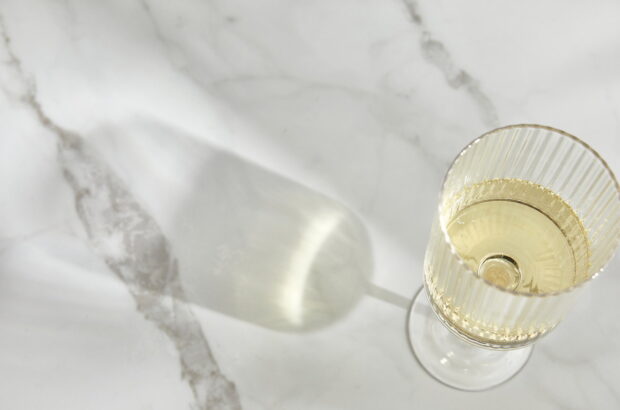Since the colonisation – sorry, Cabernisation – of the world, people have given a lot of credit to the versatility of the grape Cabernet Sauvignon and its relatives or blending partners Cabernet Franc, Petit Verdot and Merlot. But, while I agree that a good claret is a classic match for lamb and other meats, I also like to draw attention to the other styles of wine to be found in the region – spanning its dry whites, reds and sweet wines, Bordeaux can come up trumps to work almost seamlessly with pretty much any kind of cuisine in the world.
Top tips
When selecting a vintage, as a rule of thumb, the older your wine the simpler your cooking should be. Great wine with simple but well-prepared food works well.
The possibilities are limitless, but should you want further inspiration on what to pair with wines from your Bordeaux cellar, I can heartily recommend recently published book The Wine & Food of Bordeaux & the Southwest of France (£45 via 67 Pall Mall), by Ronan Sayburn MS and chef Marcus Verberne. A firework for all senses.
And if everything fails, your barbecue, barbie or braai is still one of the best tools to use to match the diversity of Bordeaux, whether it be fish, meat or vegetables sizzling away.
White
White Bordeaux is still a rare sight in collectors’ cellars or by-the-glass offerings in restaurants, despite today’s popularity of Sauvignon Blanc, which often forms a key element in these blends. The classic blend of Sauvignon Blanc with Sauvignon Gris and/or Semillon is an ideal partner for pan-fried or grilled fish, and in particular more meaty or firm fish such as turbot or sturgeon – but don’t shy away from sampling the local red mullet in Bordeaux, too. Should you encounter a white Bordeaux that has undergone some oak ageing, a pork pie can be a delightful companion – just make sure any bacon in it is extra smoky.
Should your dinner table be filled with ceviche, sushi or sashimi, the grassy, unoaked and racy Sauvignon Blancs from Entre-deux-Mers or Graves give you just enough herbal notes to keep it exciting yet refreshing.
Red

For rich lamb served with green vegetables, go for a Left Bank, Cabernet-based red. Credit: Igor Normann / Alamy Stock Photo
Concentrated Cabernet-based blends, like the majority of the Left Bank wines, are a match made in heaven with lamb. I can only encourage you to opt for the healthy addition of greens, especially petits pois, as they complement the pyrazine (asparagus/green pepper flavours) element in Cabernet perfectly. Meat-free options are far from few – the Serbian dish prebranac (a bean stew made with caramelised onions) or a vegetarian moussaka based on red lentils instead of minced meat will delight any diner.
If game is your favourite choice of meat, conejo con arroz, a traditional Spanish meal of rabbit meat served with rice, is excellent with lighter to medium-bodied Merlot-dominated blends from the Right Bank. Structured, dense and layered Merlots from top St-Emilion estates can be truly outstanding with duck, and a little tip here is to use cherry or plum in the jus to complement the natural fruit-driven element of the Merlot grape. Where so many wines from Pomerol sway me with their intrinsic perfume and elegance, I always like to pair them with dishes emphasising this grace. This means choose fillet steak over ribeye – or, if you have some serious skills, whip up a beef Wellington. Be gentle on the seasoning but generous on your sides, with button mushrooms or, if you want to indulge, truffles.
And should you arrive at the cheese course, aged hard cheeses such as Comté or Gruyère match perfectly with young, aromatic and fruit-driven red Bordeaux blends. Look for young Cabernet-based wines from warm and ripe vintages (often second wines fit this bill perfectly), where the wonderful black fruit characteristics are pronounced and upfront. These wines are packed with what I call fruit sweetness, the ripeness of the perfumed black fruit giving the sensation of sweetness on the palate while being perfectly dry in taste. This ‘sweetness of fruit’ works hand in hand with the salty note found in so many hard cheeses. Unusual I know, but if red wine is your preferred choice for cheese, this is as good as it gets.
Sweet

A splendid match for a well-chilled Sauternes. Credit: iStock / Getty Images Plus
AP Sauternes – whether it comes from the coveted area of Sauternes itself or from Barsac – is not only a great partner for those with a sweet tooth. A rather Francophile tradition is to serve young Sauternes, quite chilled (12°C) as an aperitif – it will work splendidly with your favourite selection of charcuterie and cheese, in particular with double or triple cream cheese like Brillat Savarin.
Besides the obvious pairings with chicken liver parfait or blue cheese such as Roquefort, a dish totally worth trying with Sauternes is a prawn curry with some spice. No need to be shy with the chilli powder here, as the residual sugar copes easily with the heat.
Decanting – temperature – glassware
The magical triangle of making your Bordeaux food and wine pairing a success. Decant when necessary, which means try the wine first and then decide whether oxygen will help it to open up. Remember that too much oxygen (that is, decanting for too long) can push it over the edge. Against all the odds, white Bordeaux – in particular oaked examples – will greatly benefit from decanting. Aim for a serving temperature of 16°-18°C for your reds as they will naturally warm in the glass, and 10°-12°C for your whites to highlight their beautiful fruit, spice and floral elements. Invest in good glassware (Riedel, Zalto, Nude, Josephinenhütte) and a generous bowl size for all colours to give the wines room and air to breathe.
Stefan Neumann has spent most of his career in the world of Michelin-starred restaurants such as The Fat Duck, Dinner by Heston Blumenthal and Le Manoir aux Quat’Saisons. In 2021 he founded his own wine consultancy, advising clients including Symington Family Estates and the Austrian Wine Marketing Board. In 2023, he launched an online blind tasting course to help students pass their wine exams.



